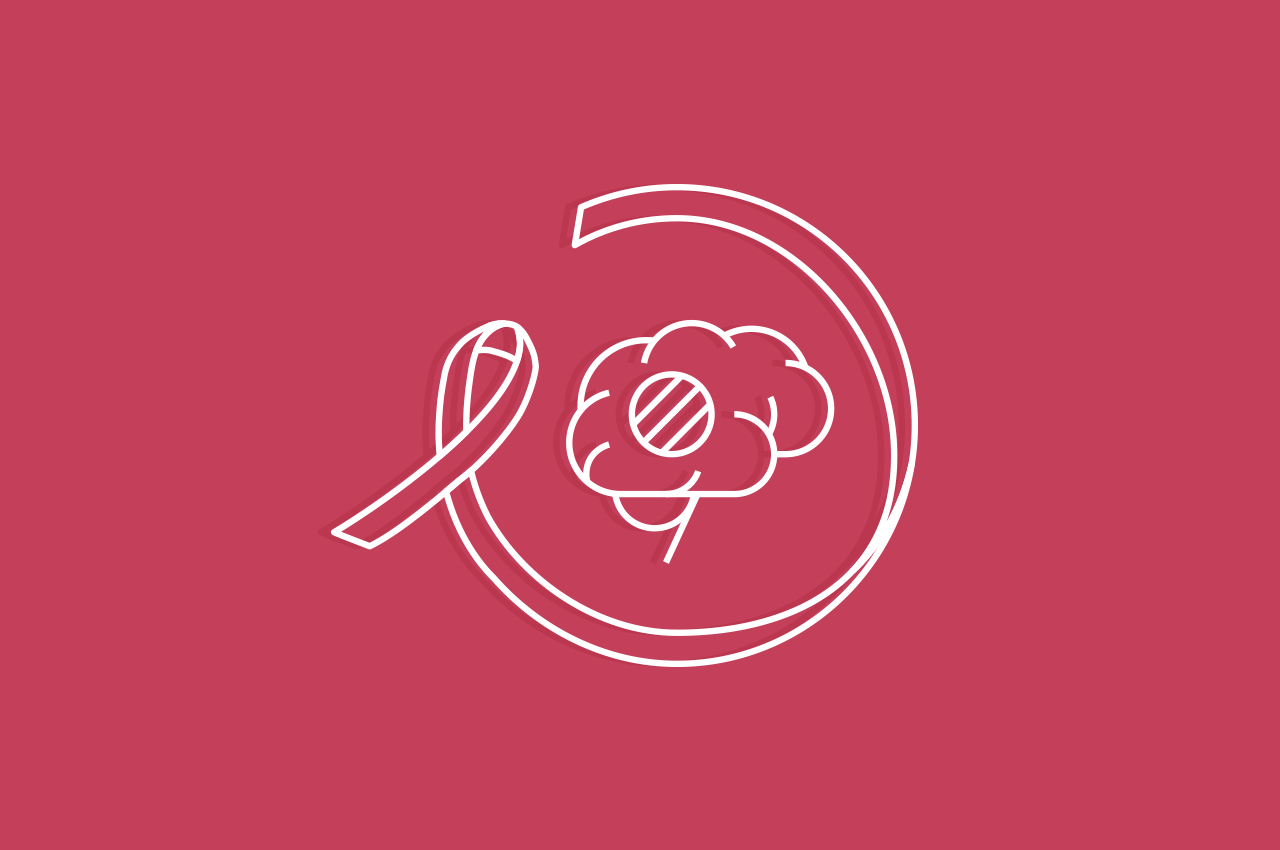When you go online and search possible causes for headache, nausea, dizziness, one of the diagnoses that is bound to come up, is brain cancer. Although brain cancer is very rare, there are some risk factors, and ways to make sure that dull ache is not just another tension headache.
Types of brain cancer
Cancer can begin in the cells of the brain and spread throughout our central nervous system, or it can spread to the brain from elsewhere in the body. Tumours that start in the brain are called primary tumours, cancers that spread to the brain are called secondary tumours.
There are two types of primary brain tumours: benign and malignant.
Benign tumours are not cancerous. These can be removed by surgery or other treatments. However, even if a tumour is non-cancerous, it can still place pressure on healthy brain cells, causing problems.
Malignant tumours are cancerous. They grow faster than benign tumours and spread through the central nervous system more aggressively. They’re very difficult to treat and statistics suggest that only around 35% of sufferers survive for longer than five years.
Other common brain cancers are meningiomas and gliomas.
Meningiomas
These tumours occur in the meninges, which are the membranes that surround your brain and is the most common type of brain cancer. Meningiomas are slow growing which means that symptoms take time to appear. Since these tumours affect nerves, they can sometimes cause seizures or difficulty thinking or remembering. Meningiomas are more common in women and older people, but can develop at any age.
Gliomas
Gliomas can occur in the brain and in other places in the nervous system, including the brain stem and spinal column. While these are more common in men, they make up around 80% of all malignant brain tumours in adults.
What causes brain cancer?
While no-one is quite sure what causes cancer, there are factors that can increase the chance of it developing. These include:
- Age: Children and older adults are at greater risk.
- Gender: Men are more at risk of tumours than women, but women are more likely to develop meningioma.
- Chemical exposure: Being exposed to certain chemicals, like pesticides, may increase the risk of developing a brain tumour.
- Family history: About 5% of brain tumours may be caused by genetic factors or disorders.
Exposure to infections, viruses, and allergens: Infection from the virus that causes mononucleosis or “mono” may increase brain cancer risk. Research done on animals has found that exposure to certain viruses also increases risk. - Race and ethnicity: Studies in the United States show that white people are more likely to develop gliomas, and black people are more likely to develop meningioma.
- Radiation: Exposure to radiation, including X-rays, through treatment to the brain or head has been shown to be play a role.
- Head injury: Research has shown a link between head injury and meningioma, but not for glioma.
Symptoms of brain cancer
Symptoms can include:
- Seizures.
- Changes in, or difficulty with speech, hearing or vision.
- Difficulty balancing or walking.
- Numbness, tingling, or weakness in parts of the body.
- Memory difficulties.
- Personality changes.
- Difficulty concentrating.
- Nausea.
- Dizziness.
Treating brain cancer
Surgery
Less invasive surgery is often the first option, especially for benign tumours that aren’t bound to brain cells.
Neurosurgery
This kind of surgery is conducted on the nervous system – the brain, spinal cord and other parts of the nervous system – and is used to remove the entire tumour.
Radiation therapy
This treatment destroys brain tumour cells to relieve symptoms caused by the tumour.
Chemotherapy
Chemotherapy is used for difficult-to-treat tumours and can be used on its own or in conjunction with other brain cancer treatments. Targeted therapy Targeted therapy involves using drugs that affect abnormalities in the cells that assist brain tumour growth.
References
- https://www.cancercenter.com/cancer-types/brain-cancer
- https://www.thelancet.com/journals/lancet/article/PIIS0140-6736(18)30990-5/fulltext
- https://www.amjmed.com/article/S0002-9343(18)30031-7/fulltext
- https://www.webmd.com/cancer/brain-cancer/brain-tumours-in-adults#1
- https://www.cancercenter.com/cancer-types/brain-cancer/about
- https://www.cancerresearchuk.org/about-cancer/brain-tumours/risks-causes
- https://www.hopkinsmedicine.org/healthlibrary/conditions/nervous_system_disorders/gliomas_134,22
- https://www.mayoclinic.org/diseases-conditions/meningioma/symptoms-causes/syc-20355643
- https://www.cancer.net/cancer-types/brain-tumour/risk-factors

